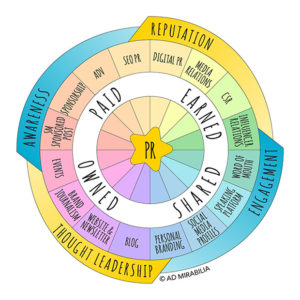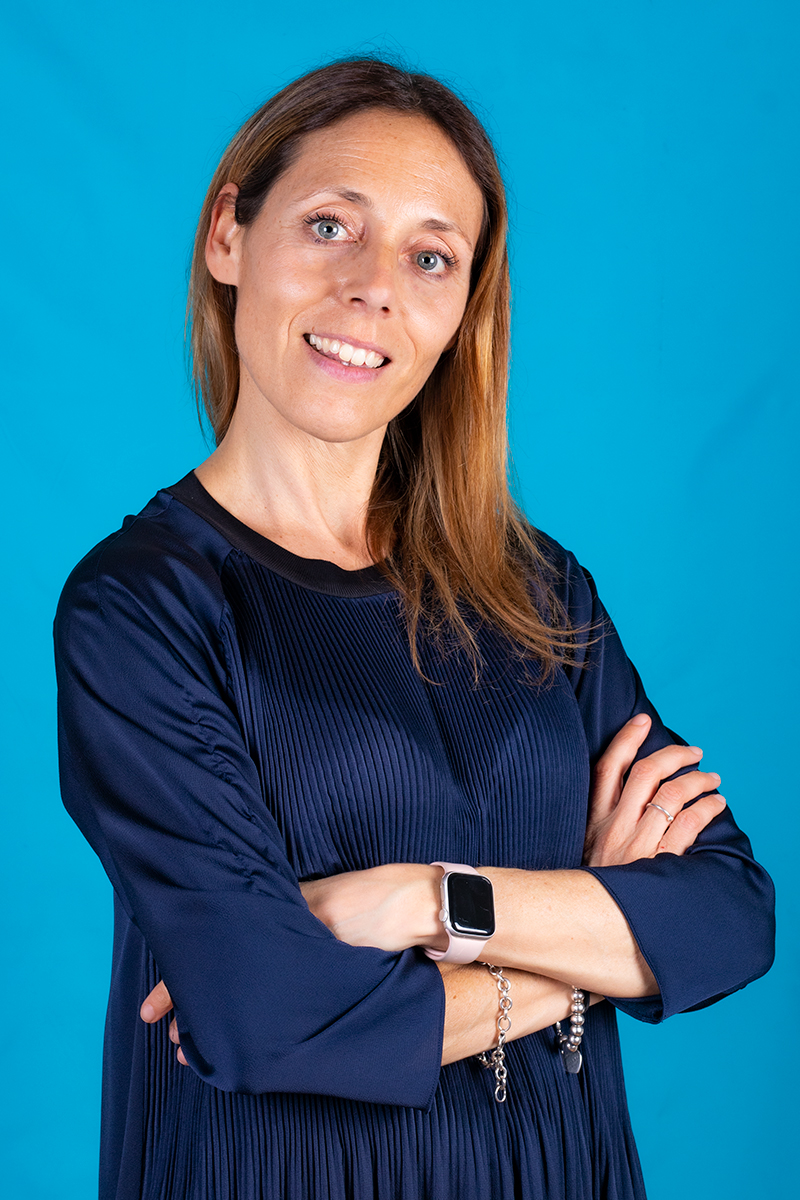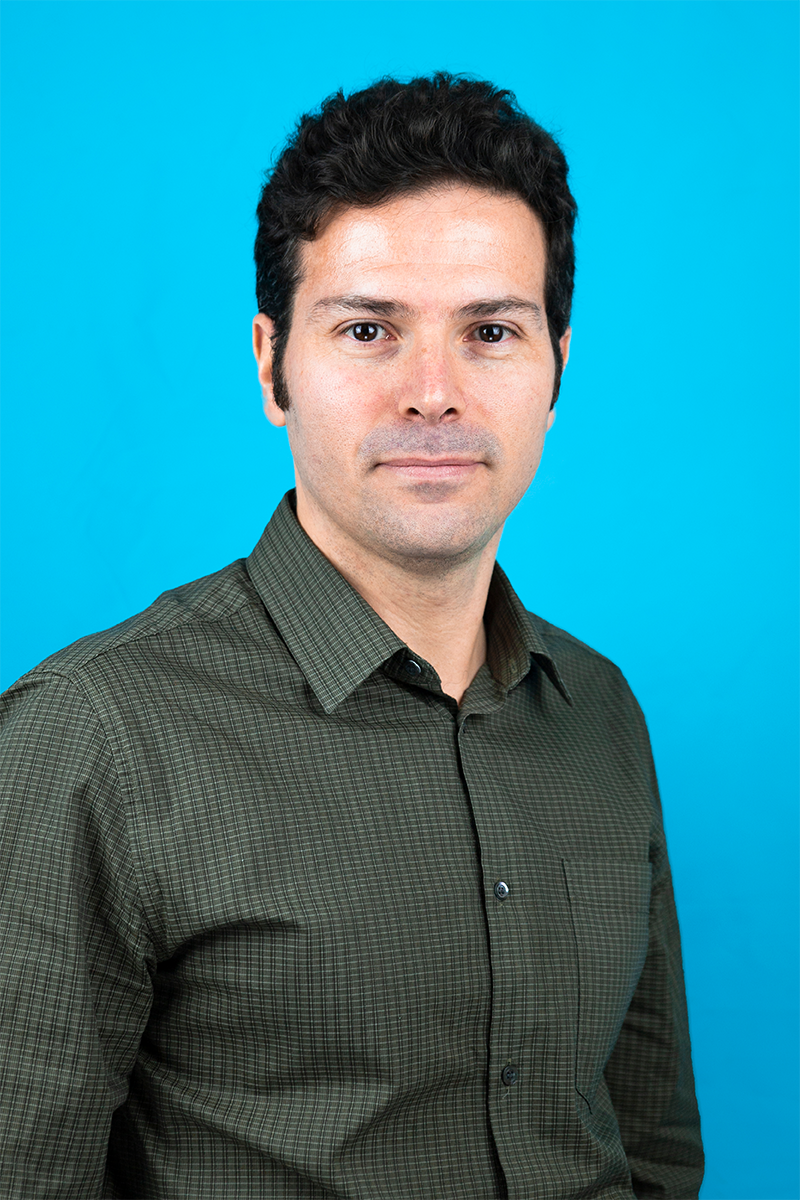Achieving communication objectives
through a personalized analysis of your needs
Anyone involved in communication is aware of how the media today have evolved and multiplied, becoming increasingly accessible to people and companies and at the same time increasingly difficult to control and use in the most appropriate way in today’s congested world of information.
Nowadays companies of all types and sizes can speak directly to their audience through a variety of available platforms, from the company blog to the Facebook page, to podcasts.
However, you can’t always make the right choices or are able to cover all channels due to lack of time or resources. But that’s not all. Channels are increasingly overlapping and, to be effective, the creation of content and the type of intervention must reflect this fluid and constantly evolving reality. How to get by in this jungle of possibilities?
The PESO model
We can start with the PESO model, a well-known model born in the United States that sums up the communication channels available today in four macro-areas: PAID, EARNED, SHARED, OWNED.
I don’t hear much about PESO model in Italy, but for me it’s been a precious source of inspiration, helpful to define the strategic approach of the campaigns starting from the needs analysis of the agency’s clients. Let’s see briefly what it means.
P stands for PAID Media, meaning all the visibility obtained thanks to paid interventions. E stands for EARNED Media, i.e. editorial articles published on independent media. S is the initial of SHARED Media, namely the effect of amplification of content and messages obtained through sharing on social media. Finally, O stands for OWNED Media, the channels and resources owned by the company such as the website, the blog, newsletters and so on.
Earned Media – obtained mainly through media relations – have by and large been the bread and butter of Public Relations.
But anyone who follows this blog knows I strongly believe PR today plays a key role in the development of a broader form of communication.
Our position of natural equidistance between those who wish to communicate and their audiences has refined in us a particular sensitivity in elaborating and declining messages, adapting them in an always different and personalized way. With a strong overview of the objectives and the channels available to achieve them, in a perspective of integrated communication.
Always by our clients’ side to communicate their different aspects every day, we know in depth the companies and their stories, thus finding ourselves in a privileged position to also develop the content for Owned Media. And what about the Shared Channels? In the era of influencers, the PR approach aims to establish a more personal relationship with them, fostering the construction of long-term relationships beyond the engagement limited to individual campaigns and managed as advertisements. Finally, PR today inevitably requires a dose of Paid Media, especially to support online and social media channels visibility.
PR Check Up and why is useful
Based on these considerations, I tried to move forward from the classic PESO model in a very personal way, giving it a practical interpretation taking into account companies’ main communication objectives of today.
This is how our PR Check Up was born, a method that we use in the agency and that helps us defining the strategic guidelines of our clients’ integrated communication plans by setting priorities and interventions to be implemented for each individual channel, according to specific needs.
The model we’ve elaborated is like a compass where the four cardinal points are represented by four macro-objectives of communication with associated different types of interventions.
© copyright AD MIRABILIA
While in an ideal situation, an integrated communication plan could include almost all of the activities covered, reality requires choices to be made, developing tactics and identifying opportunities on the basis of priorities.
Is building or strengthen reputation the main objective? That’s when “classic” Media Relations activities will be supported by Corporate Social Responsibility (CSR) interventions, aiming to improve perception by highlighting the company’s commitment towards social and ethical issues, linked to both the brand’s values and the interests of its audience.
If the goal is to assert leadership beyond your market shares, the development of a thought leadership plan is the right answer. In particular, with a qualified CEO or entrepreneur, you can work on Personal Branding through interviews, enhancement of social profiles, opinion articles and so on.
These are just two of the many possible examples explaining our “Copernican” vision of PR, which places us in the centre of a media ecosystem with the desire and the capability to help making the right choices!









